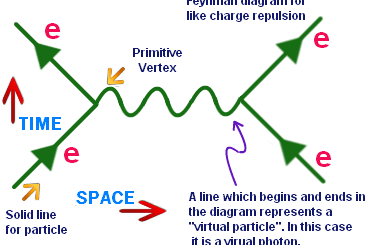Protreptic Writing

I am grateful to Lambert Wiesing for having described and named a form of writing that does not set out to demonstrate the truth or value of the author’s views as such, but provides the information the reader needs to examine the issue and come to his or her own conclusion. Wiesing calls it protreptic writing, and traces it to a book by Sextus Empiricus, a Greek philosopher (c. AD 160 – c. 210) called Outlines of Pyrrhonism. In context, this kind of writing provides an answer to the question, “How does a phenomenologist write?” (The Philosophy of Perception: Phenomenology and Image Theory, London: Bloomsbury, 2014, pp 60-63).
The image depicts The philosopher Pyrrho from Elis. Pyrrho, never wrote anything. The term “pyrrhonic,” like the anecdote illustrated here, is taken from Sextus Empiricus‘ Pyrrhonic Sketches (Wikimedia Commons, accessed 24 March 2017.).


